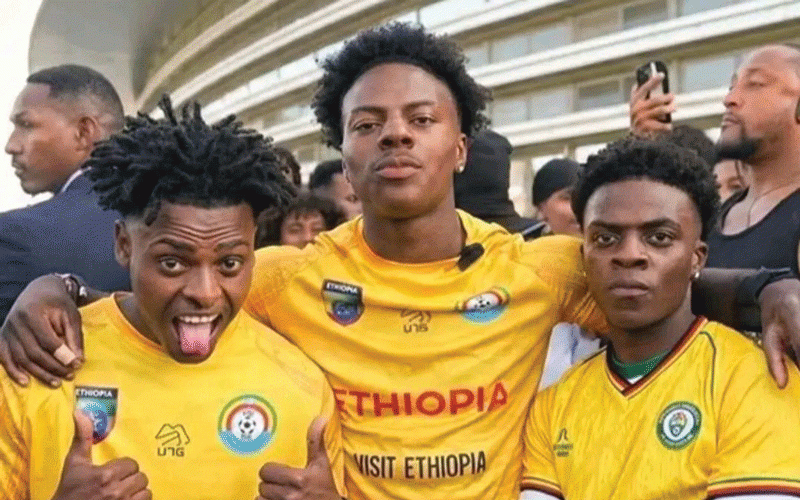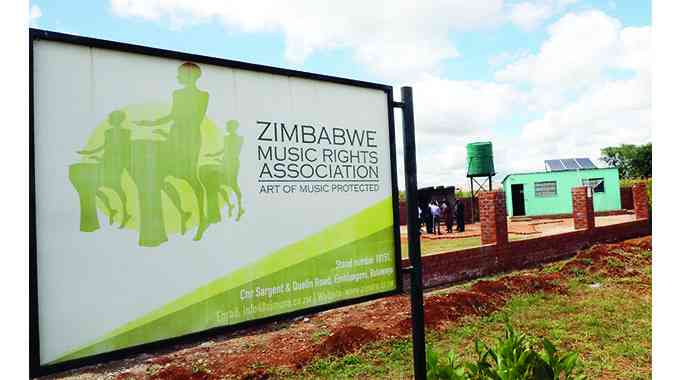
Culture is what marks and distinguishes human societies in the family of humanity.
I have been fascinated with the study of culture in its vastness and dimensions and how it has an influence and relation to art.
Culture entails a totality of traits and characters that are peculiar to a people to the extent that it marks them out from other people’s societies.
These peculiar tasks include language, dressing, music, work, arts, religion, and dance. These have an influence on the spectrum of edutainment, which means that artists have to be cognisant of cultural pluralism.
The art of edutainment means understanding the roles of social norms, taboos and values as factors that can influence the type of art and message one sends to a specific community or cultural group.
Culture is passed on from generation to generation. The acquisition of culture is a result of the socialisation process.
This means that artists are the transmitters of African culture and aesthetic values in the promotion of growth and development within our societies.
I become very worried about the existence of a cultural gap that needs to be filled; especially to children.
- Addressing unfair trade key to transforming African food systems
- Athletics team buzzing after Mauritius heroics
- Urgent economic structural transformation necessary
- South Korea and US fire missiles in warning to North Korea
Keep Reading
I feel that the identity of the African child has been lost because of the negative effects of the internet culture, which has inculcated an Americanised or Eurocentric model of socialisation.
Children are now adopting the so called ‘trendy culture’, which at face value looks progressive but does not protect the rights of the child. The child just grows into; and within the cultural heritage of his/her people and imbibes it.
Culture, in traditional society, is not taught; it is caught. The child observes, imbibes and mimics the action of his elders and siblings.
He watches the naming ceremonies, religious services, marriage rituals, and funeral obsequies.
The rhetoric is with regards to the reality of how many parents and guardians no longer teach their children the essence and values of their culture.
For example, many parents see it as something progressive that their children communicate only in English, but are overlooking the potency of their mother languages such as Ndebele, Kalanga, Shona, Nambya, Nyanja, Tonga, Chewa or Shangaan.
This is done in ignorance as many parents think that this concept or model of parentage is progressive, and modern, but it actually kills the essence of identity of the child as they grow up. The child ends up subscribing to a foreign culture and idea that their mother tongue is inferior. When we teach children to subscribe to foreign norms, we are killing the continuity of our cultural identity and the ways of life as Africans.
Inculturating edutainment means supporting artistic creativity, production and participation in culture. This can include activities such as improving the development of all segments of contemporary cultural and artistic creativity in words, pictures, music, dance, theatre, film and other artistic expressions in the entirety of the cultural cycle, cultural activities and cultural life.
Identifying, valuating and fostering excellence is a priority means for realization and furthering entrepreneurship programmes in culture, developing cultural infrastructure, as well as participation in cultural life.
I admire the works that have been done by Chipawo, which have continued to play a critical role in grooming children in the context of the arts. They teach the children to play different African instruments coupled with African dances.
I am fascinated with how the new curriculum is also inclusive of the promotion of local heritage and culture as children learn about the different instruments like marimba and mbira, and dances like isitshikitsha, amabhiza, muchongoyo, and jerusalema among others.
The role of culture in edutainment also challenges the artists and the creatives to be aware of the varied ways of approaching different societies and the audiences that they perform for.
An example is to understand the local language of a community, their cuisine, their dress codes and basic etiquette, which can help edutainers to fit in within a community and have their message of edutainment become something that is accepted.
There are spaces where some dress codes and forms of expression may not be acceptable, hence the need for artists to be conscious of the social dynamics that influence different cultures.
In this regard, the artist becomes someone who is engraved in sensitivity to the cultural differences and how they in turn influence the content of the creative.
The mastery of ethics is something that is of importance as they are the driving force of creatively influenced behavior, and in the process they protect the profaning of sacred cultures.
Art and culture at their very core serve as some of the most significant, dynamic, participation, and social influences of human behavior and interaction.
When put together, they have the ability to generate empathy, stir up dialogue, induce reflection and charter new relationships and ideas.
Art and culture also provide a commanding and democratic way of sharing, shaping, and expressing human values.
They allow us to explore our inner capabilities and give us insight into how we imagine and use different means to relate with each other.
Art and culture also provide us with a way to create useful and meaningful things whilst increasing the value of our livelihoods and firms that are driven by much more than profit margins.
- Raymond Millagre Langa is a musician, poet, orator and independent researcher. He is also the founder of Indebo edutainment Trust. Follow Raymond Millagre Langa @Millagre Ray Langa on Facebook, @Millagre Langa on twitter and email millagrepapaito@gmail.com or [email protected]










